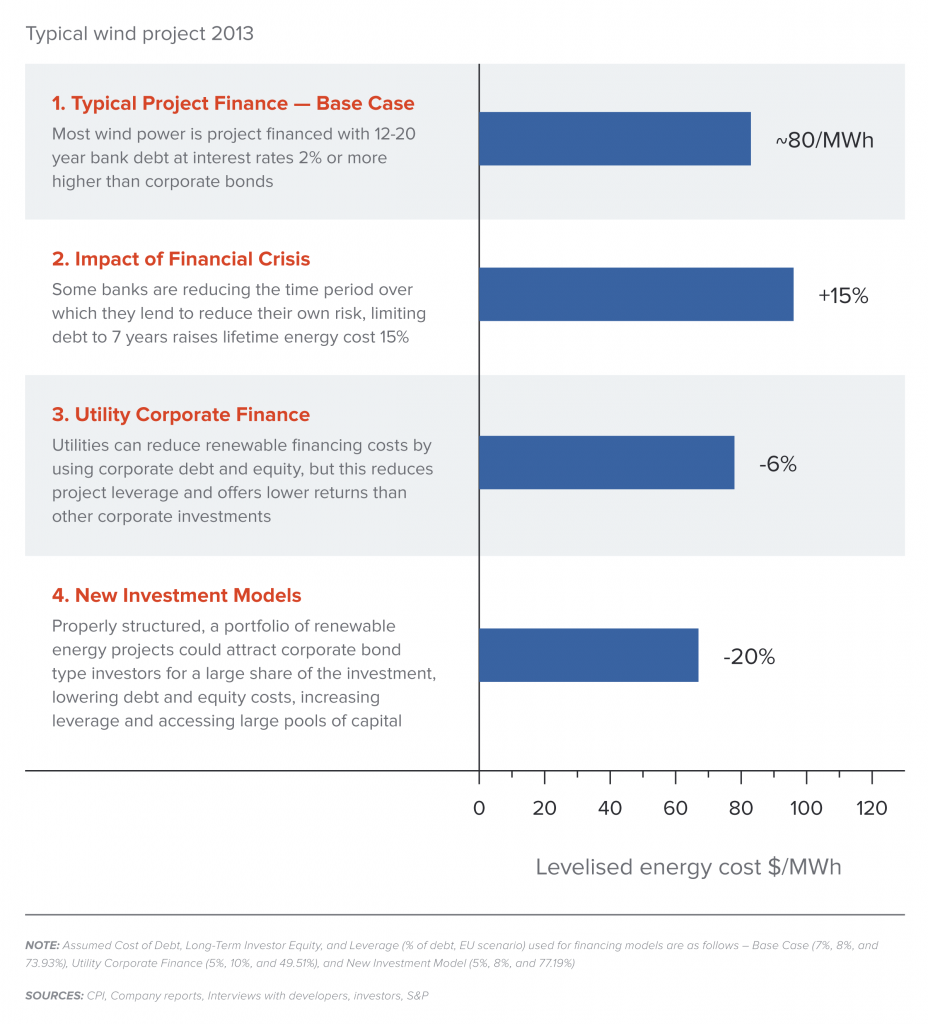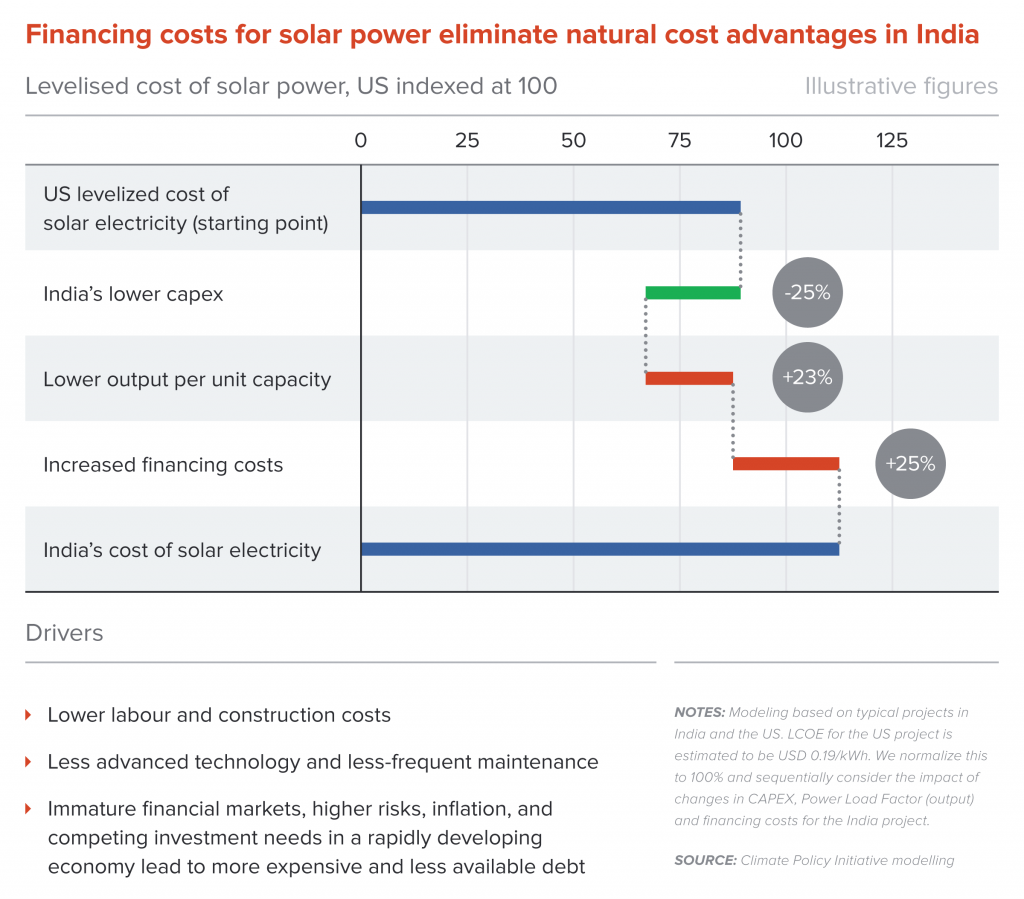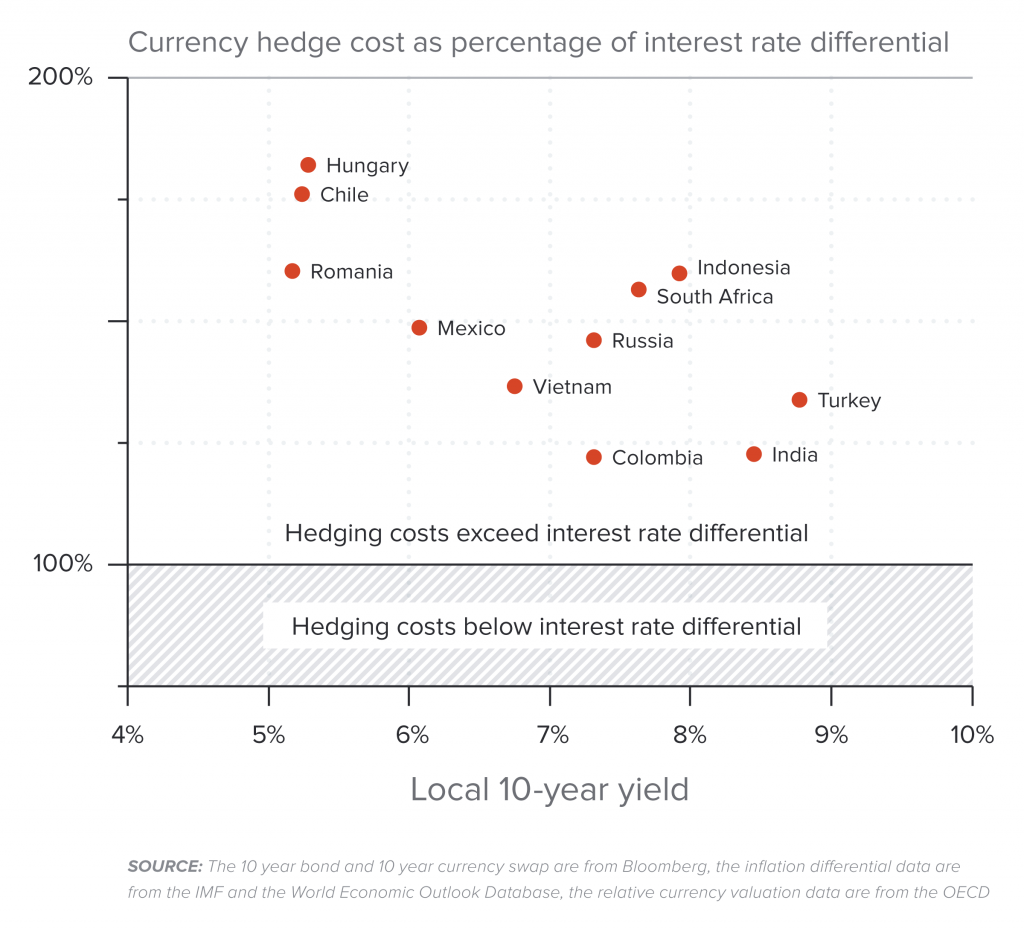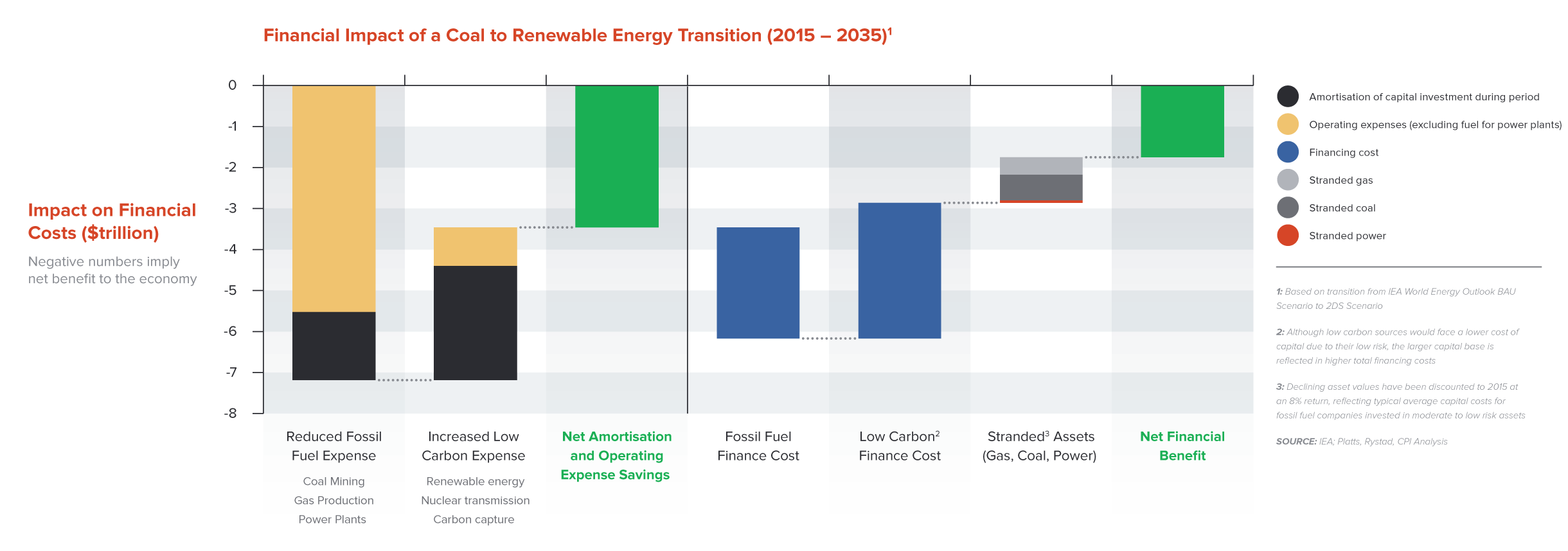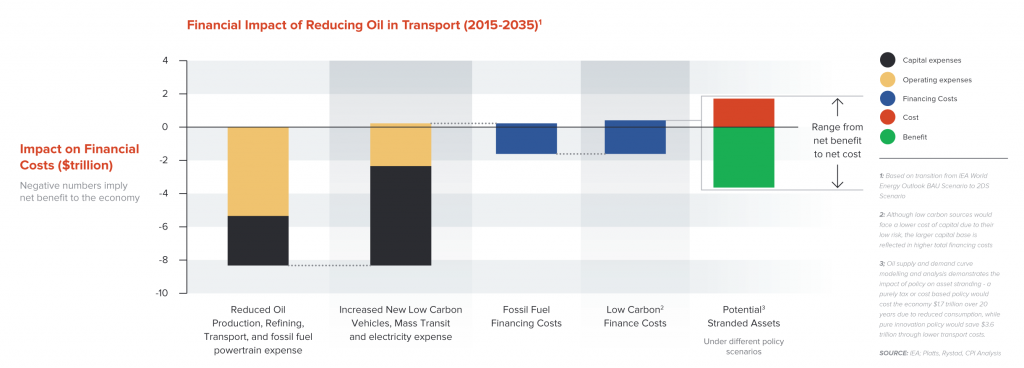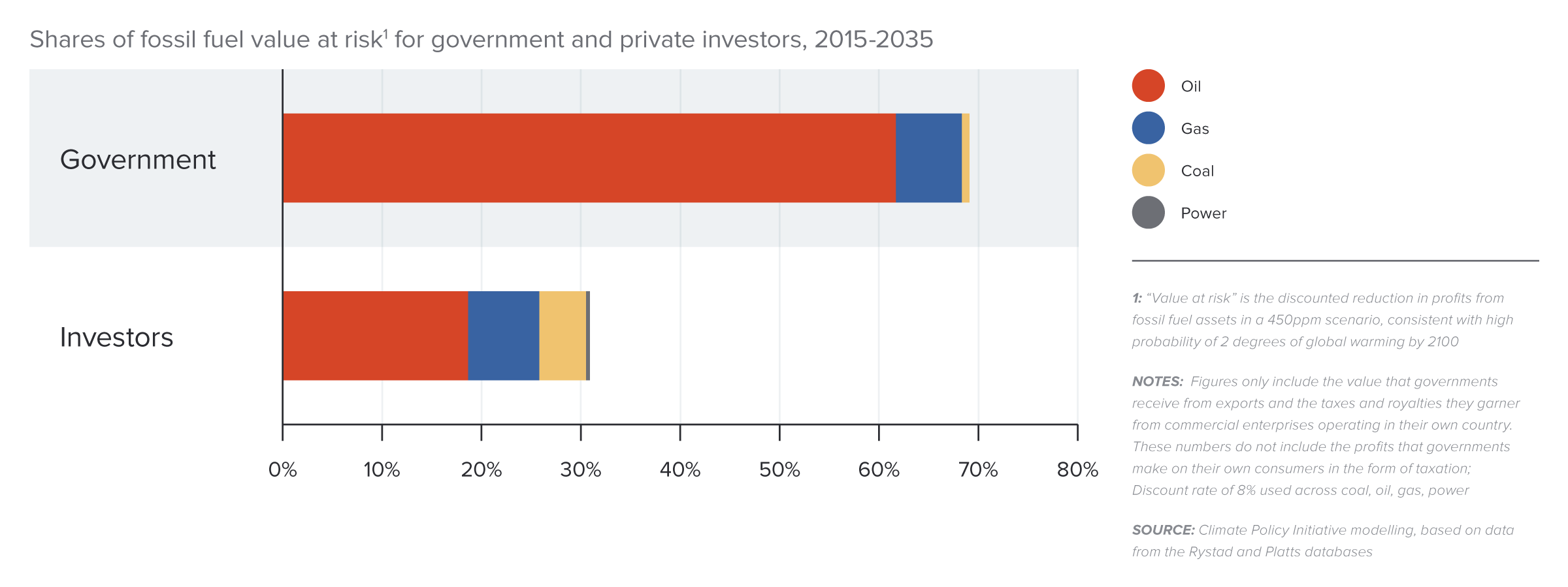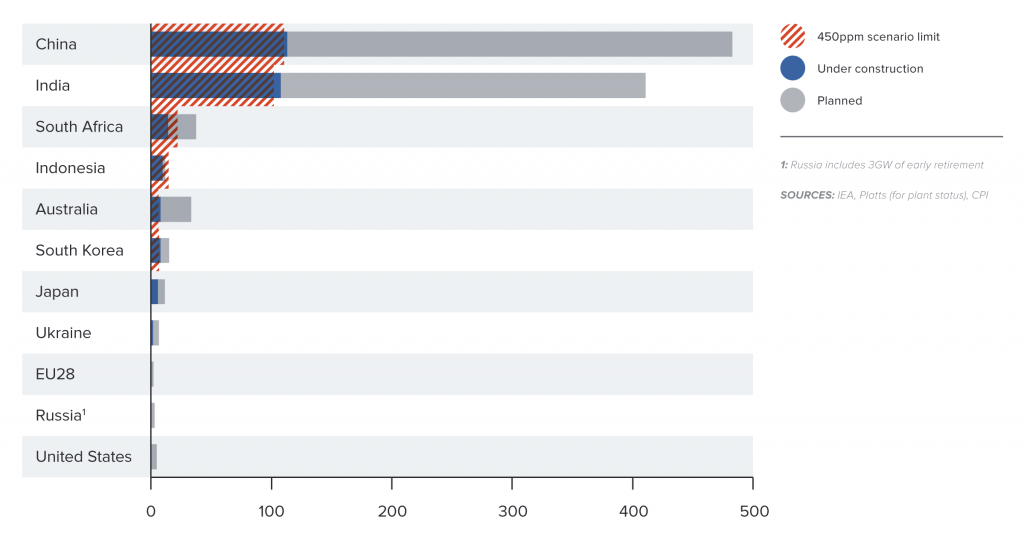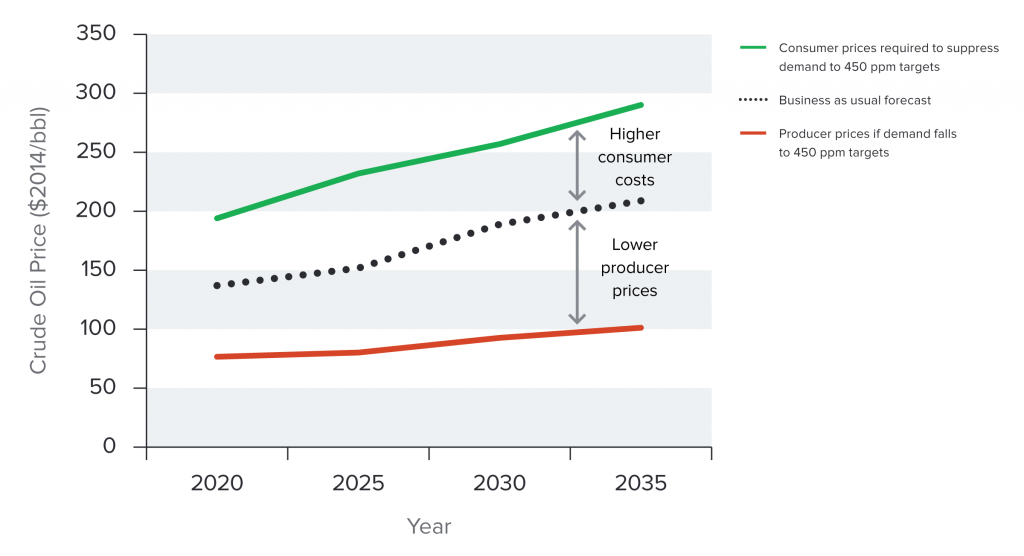The role of development finance institutions
Development finance institutions (DFIs) have a significant role to play in the expansion of energy efficiency and renewable energy in both MIC2 nations and in low-income countries (LICs). These include global and regional multilateral banks such as the World Bank Group, national development banks with international portfolios, and bilateral development agencies. They can provide support through equity investments, loans (concessional and non-concessional), guarantees and insurance products, principally to MIC2 recipients. 36
DFI’s can provide a layer of risk protection and capital cost reductions beyond what can be provided by host governments. Historically, international concessional financing has formed a substantial share of financing in low-income countries. Official development assistance in low-income countries averaged 54.9% of gross capital formation in 2012, 37 and those with lower GDPs had even larger shares of foreign assistance.
Concessional loans are known to be an effective tool to support governments in the development of large projects that might not garner private sector participation, such as large hydropower plants or binational/regional high voltage transmission lines to transport electricity from renewable sources.
Equity and non-concessional loans can attract the private sector to invest equity and debt in utility-scale renewable power generation plants. The return on equity and the financing cost of the loans of DFIs are similar to private-sector investors and so do not directly reduce financing costs. However, the participation of DFIs as co-lenders or equity partners is regarded as positive with respect to reducing regulatory and other risks, and so still attracts private investors.
Both bilateral and multilateral external development finance has a positive and significant effect to mobilise private finance flows to developing countries.
Recent OECD analysis shows that both bilateral and multilateral external development finance has a positive and significant effect in mobilising private finance flows to developing countries, with a more pronounced effect in attracting domestic over international financial flows. These results are robust across different models and estimation approaches. Interestingly, the results suggest that the effect of multilateral public finance is greater on the decision over whether to invest at all, than on the volume of investment once the decision to invest is taken. 38
The same analysis shows that raising the ambition of domestic policies in developing countries to incentivise renewable energy investment, such as through feed-in tariffs and renewable energy quotas, is vital to attracting private investment at scale. Evidence shows that external official development finance operates on at least two levels to support green investment: first, to directly attract private co-financing and investment for green infrastructure; and second, to work with MIC governments to support policy reform processes and build local capacity and conditions so as to make green investment viable in the longer term. 39 Delivered through bilateral or multilateral development co-operation channels, external official development finance often has a catalytic role in shifting and scaling up green investment.
In addition to direct equity and debt investments in infrastructure projects, DFIs offer risk-bearing instruments for investors in MIC2 and low-income countries, such as insurance protection and guarantees. With additional improvements and innovation, these instruments, could help address finance needs for low-carbon assets at larger scale.
Some institutions offer political risk insurance that can partially cover the impact of policy change, provided that the change qualifies as an expropriatory breach of investor’s rights. For example, the Multilateral Investment Guarantee Agency (MIGA), a World Bank Group agency established in 1988 to offer political risk insurance to investors in developing countries, can cover a tariff reduction for the equity and debt provider. Similarly, the Overseas Private Investment Corporation (OPIC) provides policy risk coverage to US investors when the policy change causes a breach of the power purchase agreement (PPA) and constitutes an expropriation of investors’ rights (or regulatory taking) originating from the contract. 40
While these are useful steps forward, there are still significant gaps in the supply of instruments to address these risks. Existing instruments (such as those offered by MIGA and OPIC) have costly compliance requirements, which limit their application to large and well-resourced projects only. They may also not be fully visible under international official development assistance accounting rules, which measure assistance on a cash flow basis.
Because these instruments are largely unaffordable for smaller projects and programmes covering widespread, small-scale installations, 41 due to high costs as a result of complex negotiating and drafting processes, other dedicated programmes are needed to seek justice locally and keep investments solvent before compensation is paid.
A number of factors have limited a more widespread adoption of partial risk guarantees, which have only been issued 23 times since their inception and eight times for renewable energy projects. 42 The World Bank has in the past promoted the use of partial risk guarantees mainly for large and complex projects, such as large hydro investments and cross-border projects, and required an indemnity agreement from the host government. This has increased a market perception of product complexity, lengthy procedures and high transaction costs. Furthermore, partial risk guarantees directly cover only debt holders, while tariff reductions usually affect many other parties including equity owners, providers of operations and maintenance services. This last issue can be addressed by complementing the instrument with other insurance tools and guarantees, such as MIGA insurance, albeit at increased complexity and transaction costs.
MIGA aims to provide compensation within six to 14 months following the date of loss. 43 Historical evidence made available by the Agency 44 shows that so far claims have been paid after two to three years from the event date, and no later than one year from the date of claim’s submission.
OPIC data based on 13 available observations, from a total of 70 projects determined under total expropriation clause, show that claims are resolved on average 3.5 years after the event date and 1.5 years from the submission of the claim. Timing of the reimbursement process is uncertain and varies significantly from case to case. These delays and uncertainty have a large impact on the viability, and the perception of viability by investors, of these schemes.
Guarantees are another financial instrument offered to reduce and mitigate investment risks. They are mostly offered by the World Bank and have proven to be an effective tool to attract private investment to the energy sector. Guarantees are particularly well suited for use in MIC2 and low-income countries, as they are focused on reducing the risk associated with payments due from governments or state-owned enterprises to investors (equity or debt) under contractual or regulatory commitments. These payments can be of a diverse nature such as those due monthly under a power purchase agreement, payments due as compensation resulting from a change in law, or payments due from SOEs under loan agreements with commercial banks. The World Bank has approved 19 guarantees in the past three years for an aggregate amount of US$2.9 billion. 45 These guarantees have enabled US $11 billion of investment, mostly in the energy sector, in highly challenging markets such as Cameroon, Ivory Coast, Kenya, Mali, Mauritania, Nigeria, Pakistan, Senegal and Uganda.
Addressing the energy financing challenge of low-income countries
Across low-income countries (LIC), even those now exporting oil and other natural resources, the challenge of capital mobilisation for investment in energy assets, whether low or high-carbon, is still very severe. Infrastructure investments typically depend on government involvement in the form of partial ownership, subsidies or credit guarantees, or contracts with a government-owned utility. As in all countries, a stable regulatory system and enforceable, long-term power purchasing contracts is a major component of an investment case. However, lack of government credibility and/or financial capacity is a potential barrier for investment in infrastructure assets.
Given the lack of long-term domestic or international private capital for these classes of investment, multilateral banks and development finance institutions, including the Global Environmental Facility, the Green Climate Fund, and the United Nations Framework Convention on Climate Change (UNFCCC) Adaptation Fund, continue to play a central role in financing infrastructure in low-income countries.
New initiatives, funding vehicles and programmes, special purpose funds and institutions with particular dedication to low-income countries energy provision are expanding.
The extra up-front capital costs of low-carbon energy present a challenge to the multilateral banks, given many other demands on their balance sheet capacity. Fortunately, new initiatives, funding vehicles and programmes, special purpose funds and institutions with particular dedication to low-income countries energy provision are expanding.
Examples include innovative distributed, off-grid energy solutions such as community-inclusive local area networks, anchored on an agricultural or mining producer with substantial base demand, or small-scale mechanisms such as prepayment cards as used in mobile telephones or securitised microfinance. Multilateral platforms such as the Green Climate Fund, Sustainable Energy for All, and the Climate Finance Innovation Lab assign leading emphasis to the particular demands of low-income countries, including funding adaptation and the design and implementation of specific equity funds, project development facilities and the private refinancing of multilateral banks’ energy development budgets. Finally, it is worth noting the growing significance of funding of energy infrastructure in low-income countries by Chinese development banks (see Box 5).
 Better Growth, Better Climate
Better Growth, Better Climate
